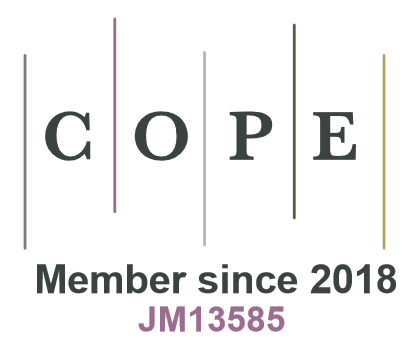Articles containing the keyword 'drone'
Category : Research article
Evaluating the potential of a harvester-mounted LiDAR system in monitoring biodiversity indicators such as low vegetation during forest harvesting could enhance sustainable forest management and habitat conservation including dense forest areas for game. However, there is a lack of understanding on the capabilities and limitations of these systems to detect low vegetation characteristics. To address this knowledge gap, this study investigated the performance of a harvester-mounted LiDAR system for measuring low vegetation (height <5 m) attributes in a boreal forest in Finland, by comparing it with handheld mobile laser scanning (HMLS) and drone laser scanning (DLS) systems. LiDAR point cloud data was collected in September 2023 to quantify the low vegetation height (maximum, mean, and percentiles), volume (voxel-based and mean height-based) and cover (grid method). Depending on the system, LiDAR point cloud data was collected either before (HMLS and DLS), during (harvester LiDAR) or after (HMLS and DLS) harvesting operations. A total of 46 fixed-sized (5 m × 5 m) grid cells were studied and analyzed. Results showed harvester-mounted LiDAR provided consistent estimates with HMLS and DLS for maximum height, 99th height percentile, and volume across various grids (5 cm, 10 cm, 20 cm) and voxel (20 cm) sizes. High correlation was observed between the systems used for these attributes. This study demonstrated that harvester-mounted LiDAR is comparable to HMLS and DLS for assessing low vegetation height and volume. The findings could assist forest harvester operators in identifying potential low vegetation and dense areas for conservation and game management.
Photogrammetric point clouds obtained with unmanned aircraft systems (UAS) have emerged as an alternative source of remotely sensed data for small area forest management inventories (FMI). Nonetheless, it is often overlooked that small area FMI require considerable field data in addition to UAS data, to support the modelling of forest attributes. In this study, we propose a method whereby tree volumes by species are predicted with photogrammetric UAS data and Sentinel-2 images, using models fitted with airborne laser scanning data. The study area is in a managed boreal forest area in Eastern Finland. First, we predicted total volume with UAS point cloud metrics using a prior regression model fitted in another area with ALS data. Tree species proportions were then predicted by k nearest neighbor (k-NN) imputation based on bi-seasonal Sentinel-2 images without measuring new field plot data. Species-specific volumes were then obtained by multiplying the total volume by species proportions. The relative root mean square error (RMSE) values for total and species-specific volume predictions at the validation plot level (30 m × 30 m) were 9.0%, and 33.4–62.6%, respectively. Our approach appears promising for species-specific small area FMI in Finland and in comparable forest conditions in which suitable field plots are available.



